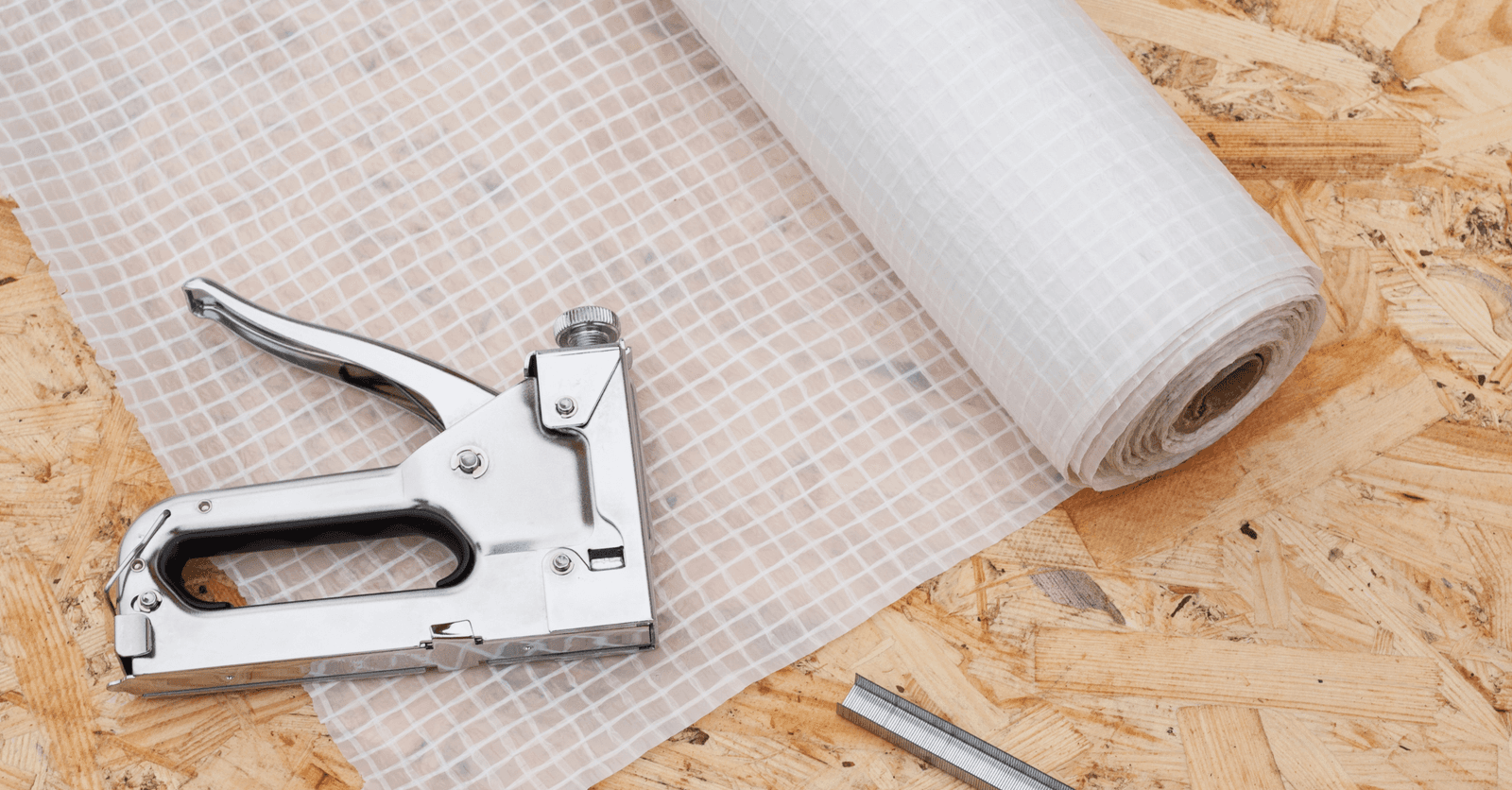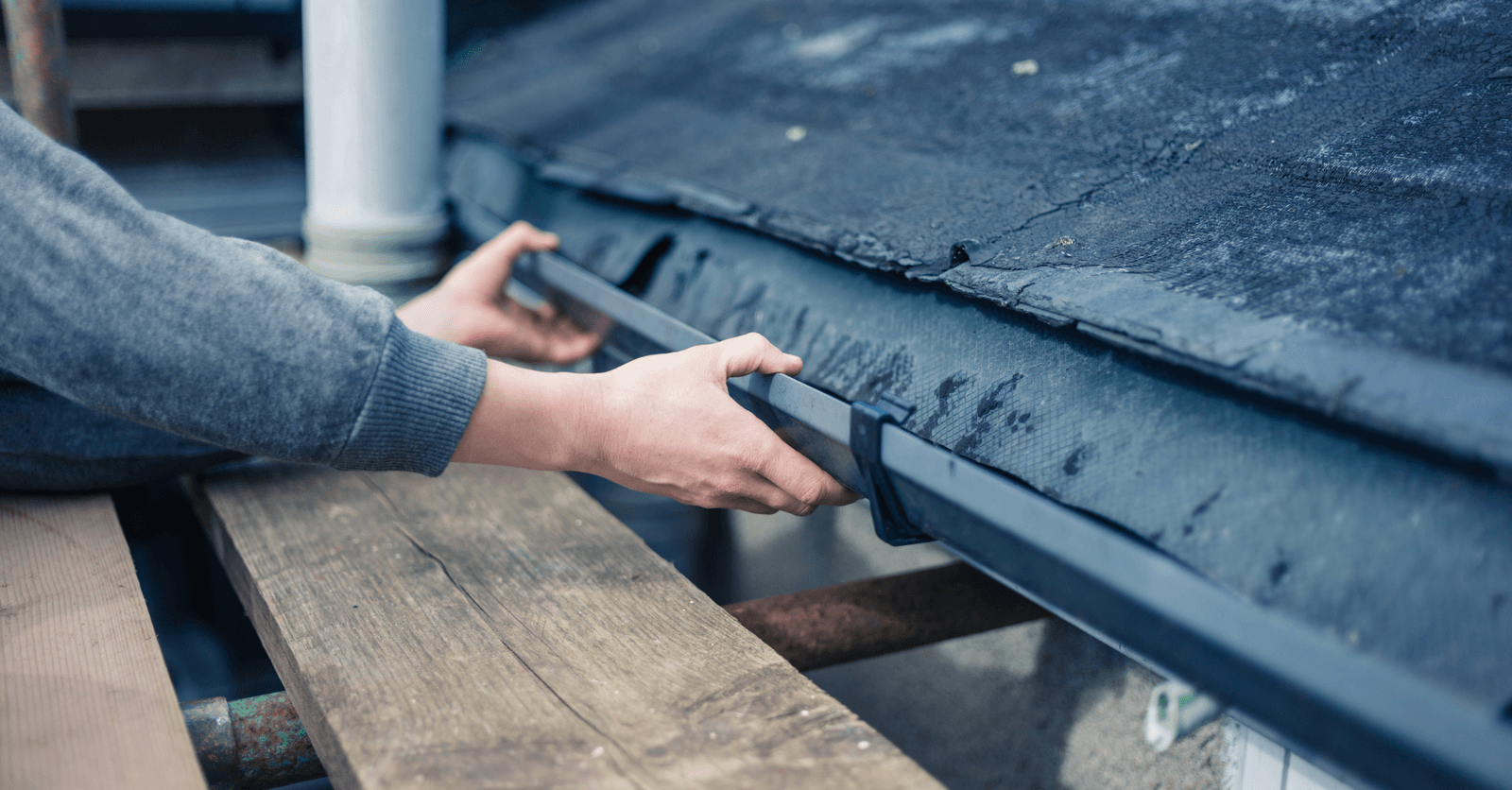
When building a new home, air barriers are not always part of the equation. However, air barriers are crucial structures that assist in aiding with energy efficiency as well as maintaining a comfortable and cozy home environment.
So what is the role of an air barrier?

Source : Canva
Unlike the vapour barrier, which aims to prevent cold surfaces from coming into contact with moisture within the same structure and to limit the diffusion of steam inside of it, the objective of the air barrier is quite different. Rather, it aims to divide the air-conditioned spaces of non-air-conditioned spaces in order to avoid any unwanted heat leakage.
If you're looking to optimize the energy efficiency of your home or have noticed the presence of heat leaks, it's time to take action and install an air barrier in your walls.
Here are the ways to install air barriers in your home!
Source : Canva
Step 1- Choose your Materials
Concerning more specifically the purchase of an air barrier, know that it is available in many materials including:
0.15 mm thick polyethylene ;
extruded rigid insulation panels (with a film with air-damaged properties on its surface) ;
polyisocyanurate panel ;
fibre cardboard (covered with air-walled properties on its outer surface) ;
polyurethane ;
extruded rigid insulation panels (type 3 or 4).
The installation process for firm materials is slightly more complicated but will follow the same principals as the wrapping. For the installation of a plastic air barrier wrapping, you'll need the following elements to complete your project:
an air barrier ;
some chalks ;
a stapler ;
staples ;
a nailer ;
a strip of coating tape (sealing tape).
These materials are chosen because of their air impermeability, their ability to withstand pressure differences and their high durability.
Step 2- Choose a Location in Your Home for the Air Barrier
Choosing an area of your home to add an air barrier will depend on where air might be escaping. Attics and crawlspaces are prime spots for leakage, but the seams between floors and walls is another.
At first glance, it is specified that it is possible to install an air cover on the outside as well as on the inside. The most important thing about the installation process is how the joints are made. It is essential that the joints are sealed at the junctions.
Step 3- Install the Air Barrier
Source : Canva
The installation of a plastic air barrier wrapping
To install plastic air barrier wrapping, start at the corner of the room or surface you are working on. Make sure that the material you choose for your air barrier has no unnecessary cuts in it, as these will obviously allow air to escape. The only time this material should be cut is to make way for doors or windows, pipes, electrical outlets or anything else jutting out of the wall.
Make sure that your air barrier begins at the sill plate and runs along the wall as high as it can possibly go. If the barrier cannot reach the top plate, you must apply an extra layer. When installing the second layer, make sure that it is properly shingled to allow for water to run off instead of into the walls. If this step is done incorrectly, you will risk trapping water beneath the air barrier material. Make sure to have a minimum of a 6 -inch overlap between layers.
As you move along the wall, fasten the air barrier material in place. Only use enough fasteners, nails or staples to hold the house wrapping tight, as you don’t want to put any unnecessary holes into the surface. Further, make sure that if you are cutting a section of wrapping out to accommodate doors, windows or outlets, that you go back over these sections with vertical pieces of wrapping.
Using your seam tape, tape any openings closed and pay special attention to the footing, as the space between the walls and floors is one of the leakiest areas of the home. Make sure that this installation process is completed carefully! If you're unsure about the intricacies of this project, remember you can always consult a professional to help you get the job done. Soon enough, you'll have an airtight and comfortable home.
Get 3 renovation quotes for your air barrier renovation project
RenoQuotes.com can help you get quotes for. By submitting your air barrier renovation to us, we’ll put you in contact with top-rated contractors. Fill in the form on the homepage (it only takes a few minutes), and you will get estimates from trusted professionals.
Dial 1-844 828-1588 to speak with one of our customer service representatives
Looking for something else?
Related articles
The latest industry news, interviews, technologies, and resources.

Editorial Team
•07 Nov 2023
Not every home is privy to a huge backyard with ample green space. Some of us live in tiny homes or high rise apartments. If your home is far from the ground, but you find your green thumb itching, then you can create a mini garden or greenhouse right indoors!

Editorial Team
•24 Apr 2024
In terms of stylish décors and interior design, trends come and go, year after year. Some are timeless, like wood for example. Whereas, other decorative aspects or faux pas can quickly make a room look outdated, and go as far as lowering the resale value of your home.

Editorial Team
•08 Oct 2025
Is your work experience deemed non-construction, yet are hoping to leverage your know-how, log hours in your apprentice record book, and break into the industry? Come along as we take a deep dive into this subject matter, detailing how best to shoot your shot while showcasing your relevant work experience.

Amanda Harvey
•07 Nov 2023
Rain gutters aren’t the most glamorous part of your home's exterior. They work hard to collect and carry rainwater away from the roof of your home but most homeowners pay little mind to these important structures. Gutters, also known as eavestroughs, work to keep basements or crawl spaces from collecting water. Therefore, they’re crucial in maintaining the structure and both the interior and exterior surfaces of your home.

Editorial Team
•07 Nov 2023
RenoQuotes.com followed home renovation contractor Ali Nazar on the job at the site of a basement renovation project in Montreal. Check out this interview to know more about the subject of basement renovations.